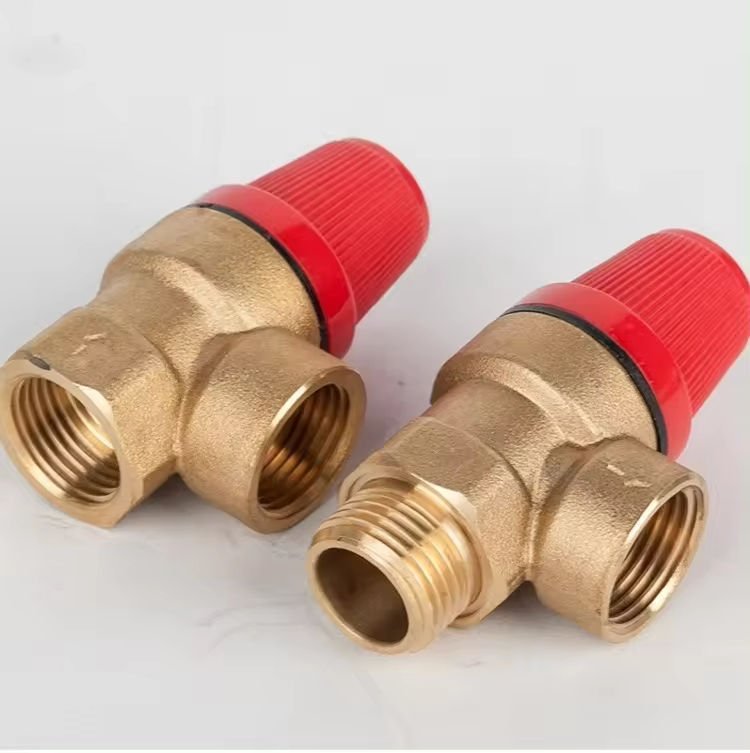Struggling to manage pressure in your hydraulic systems? Uncontrolled pressure can damage equipment, halt operations, and cost thousands in repairs. The solution lies in understanding hydraulic control valves, which regulate pressure and ensure smooth performance. Dive into this article to learn how these valves work and why they’re critical for your business.
The hydraulic control valve regulates pressure, flow, and direction in hydraulic systems to ensure safe and efficient operation. By managing fluid dynamics, it prevents equipment damage, maintains stable pressure, and supports high performance in industrial applications like construction, manufacturing, and plumbing.
Curious about the types, functions, and applications of these valves? Keep reading to discover how hydraulic control valves can solve your system challenges.

What Are the Different Types of Hydraulic Valves?
Hydraulic valves come in various types, each designed for specific tasks in a hydraulic system. Understanding these types helps you choose the right valve for your needs, ensuring efficiency and safety. The main categories include directional control valves, pressure control valves, and flow control valves. Directional control valves manage the flow path of hydraulic fluid, guiding it to different parts of the system. Pressure control valves, like the hydraulic pressure relief valve, maintain safe pressure levels by releasing excess fluid. Flow control valves adjust the speed of fluid movement, ensuring consistent operation.
For example, a main relief valve in hydraulic system prevents pressure spikes that could damage pumps or pipes. Each type has a unique hydraulic pressure relief valve symbol in diagrams, making it easy to identify in system designs. Knowing these types helps purchasing officers and wholesalers select valves that match their project needs, avoiding costly downtime or equipment failure. At IVALVECRAFT, we offer a range of high-quality valves tailored for industries like construction and plumbing.
What Are the Different Types of PSV?
Pressure Safety Valves (PSVs), also known as hydraulic pressure relief valve types, are critical for protecting hydraulic systems from overpressure. These valves come in several forms, each suited for specific applications. Common types include direct-acting PSVs, pilot-operated PSVs, and balanced bellows PSVs. Direct-acting PSVs use a spring to open when pressure exceeds a set limit, ideal for smaller systems. Pilot-operated PSVs handle higher pressures and are perfect for heavy-duty applications like industrial machinery. Balanced bellows PSVs work in systems with variable backpressure, ensuring consistent performance.
Each type follows a pressure relief valve circuit diagram for proper installation. The hydraulic pressure relief valve adjustment process allows customization to meet specific pressure thresholds, ensuring safety. For wholesalers and procurement officers, choosing the right PSV means understanding system demands and valve specifications. IVALVECRAFT’s PSVs are designed for durability and precision, offering stable export pressure and sufficient flow rate for projects in Russia, Poland, and beyond.
Where Is the Hydraulic Pressure Relief Valve?
The hydraulic pressure relief valve is typically installed at critical points in a hydraulic system to protect components from overpressure. You’ll often find it near the pump outlet or in the main pressure line, where it can quickly release excess fluid. Its placement depends on the system’s design, as shown in a hydraulic pressure relief valve diagram. For example, in plumbing systems, it’s placed before manifolds to safeguard downstream components. In construction equipment, it’s near actuators to prevent damage during heavy loads.
The valve’s working principle is simple: when pressure exceeds the set limit, the valve opens, diverting fluid to a reservoir or low-pressure line. This protects pumps, pipes, and other components from failure. For DIY chain supermarkets or plumbing wholesalers, understanding valve placement ensures proper system integration. IVALVECRAFT’s valves are engineered for easy installation and reliable performance, making them a top choice for projects in Germany, the UK, and other markets.
Summary
Hydraulic control valves, including hydraulic pressure relief valves, are essential for managing pressure, flow, and direction in hydraulic systems. From directional and flow control valves to various PSV types like direct-acting and pilot-operated, each serves a unique purpose. Proper placement, guided by pressure relief valve circuit diagrams, ensures system safety and efficiency. By understanding the function of pressure reducing valve in hydraulic system and the hydraulic pressure relief valve working principle, businesses can avoid costly equipment failures. IVALVECRAFT offers high-quality valves designed for stable pressure and sufficient flow, perfect for wholesalers, procurement officers, and construction projects.
Choose IVALVECRAFT, choose reliable partner, enjoy the high quality and best service.


